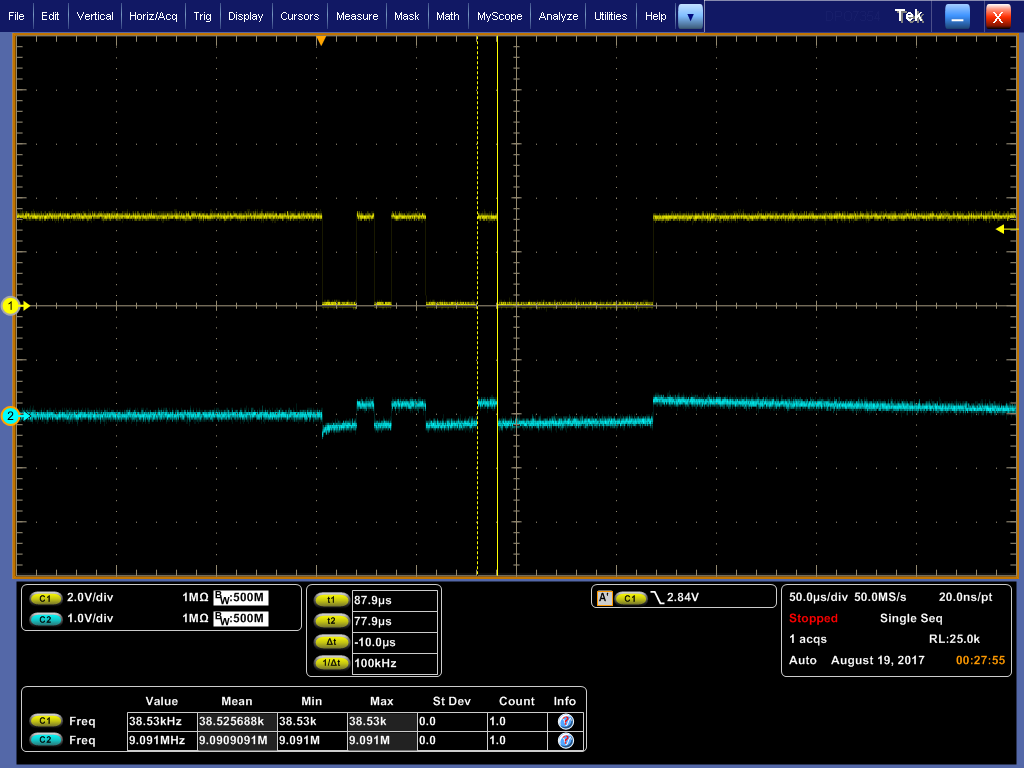Tool/software: TI-RTOS
I've searched thru all the Tivaware and TiRTOS documents I have found trying to find where the function UARTStdioConfig is defined. I want to know what the first arg field is and what the valid arg values are for it.
If it is not described in any documents, then where is it's code? I saw on anther forum it is supposedly in utils/uartstdio.c. Not in my install - there is only the following declare in that file:
extern void UARTStdioConfig(uint32_t ui32Port, uint32_t ui32Baud, uint32_t ui32SrcClock);
I was assuming from the arg name, ui32Port, that if I'm using uart port 7, that this arg should be 7. And maybe that is correct???
Some guidance appreciated.
Thank you.


